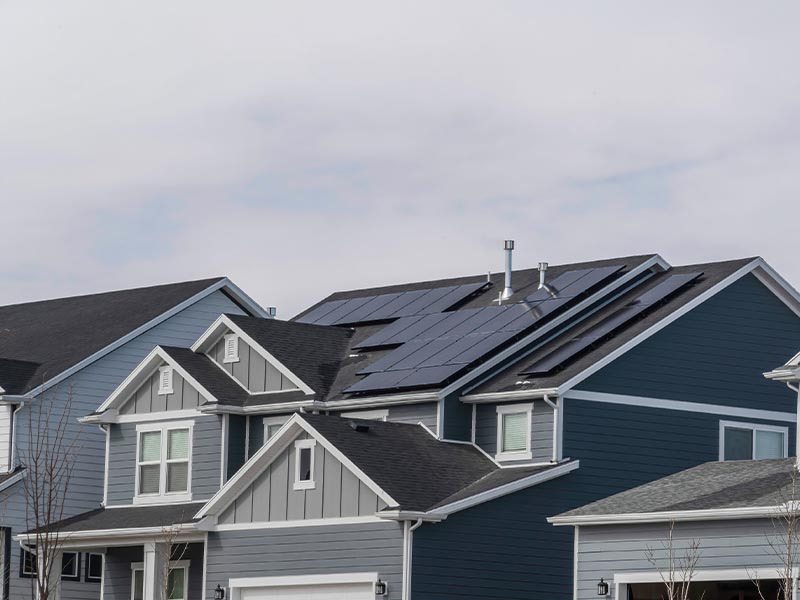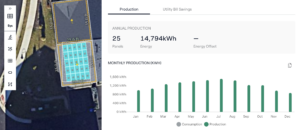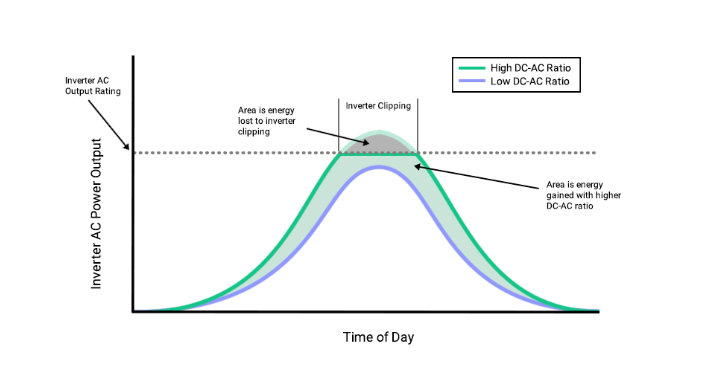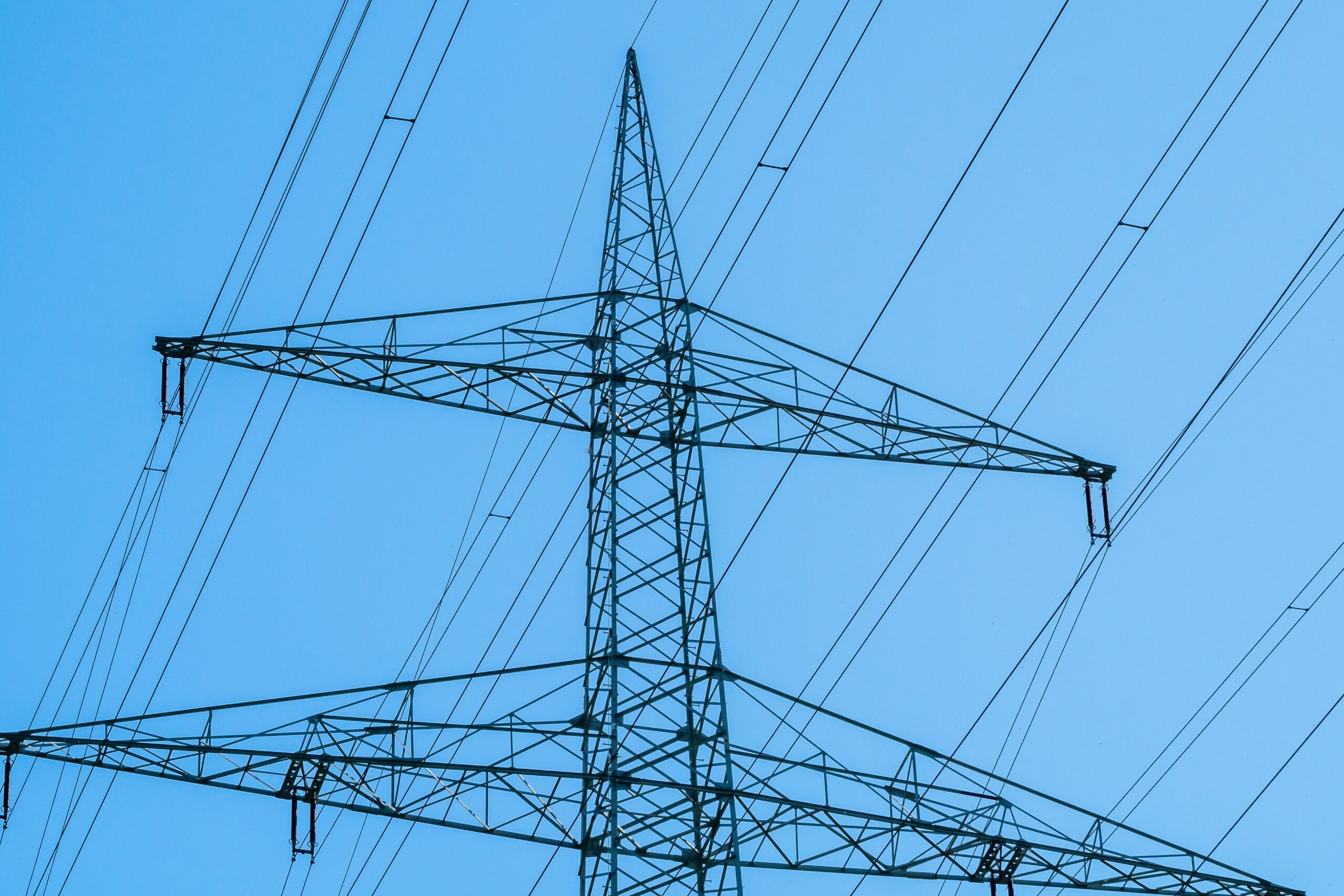When it comes to solar energy solutions, choosing the right solar panels is essential for optimal performance and maximum return on investment. Ipsun Solar is here to help you answer any questions, including the differences between QCELL, Q.TRON, and REC solar panels.
Here we offer an in-depth comparison between USA-manufactured (and #1 ranked by PV Magazine based on value and quality) QCELL panels, and specifically those of the newer Q.TRON line, and Singapore-made REC solar panels, which PV Magazine ranks #8.
Solar panels, built in the U.S.
As a local company dedicated to our community, Ipsun Solar prioritizes the local economy and domestic manufacturing by choosing to work primarily with QCELL solar panels. QCELL panels are assembled in the USA and guarantee high quality and efficiency and support over 1,100 domestic American jobs. It’s also one of the ways we avoid the pitfalls associated with procurement of imports, including delays and unpredictable pricing changes.
Our experience has led us to use QCELL solar panels due to readily available products and our values of promoting domestic manufacturing, and QCELLS latest product is the Q.TRON G2 residential solar panel which began production in October 2023. Working with a partner in the USA, only a half-day drive away in Dalton, GA, ensures our customers receive what is advertised on time, whereas foreign manufacturers can take months to clear customs and/or be subject to tariffs.
Production Numbers: Side-By-Side
We conducted a side-by-side comparison of QCELL panels vs. REC solar panels, the latter made in a facility which as been fully automated since 2010.
We analyzed a 10kW array under perfect conditions with no shade, ideal angle, and identical inverters and found that the REC system generated 14,772kWh/year while the QCELL panel system generated 14,711kWh/per. This amounts to a difference of only 61kWh annually, valued at about $6.00 per year, aka a 0.004% difference in total energy generation.
It’s well known in the solar industry that REC’s marketing has impressed many homeowners, and led them to believe that their panels are the best option for their solar needs. However, our science-based analysis of USA-QCELL panels vs. Singapore-REC cautions against assuming that REC wins on production.
Honestly, tree shade, panel placement, inverter choice, wire size, panel angle, and installation practices are larger impactors on production than panel choice between two top-tier panel manufacturers.
Q.TRON, 10kW Array
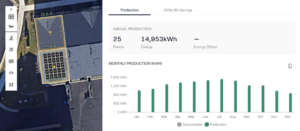
REC, 10kW Array
Panel Degradation? Inverter Clipping?
When shopping for solar panels, degradation rates are often considered a key factor in decision-making. While both QCELL, and REC offer impressive warranties against panel degradation (86% and 92%, respectively, guaranteed for 25 years, with Q.TRON G2 coming in at 90.58% after 20 years), it’s worth noting that this may not be a significant distinguishing factor due to a phenomenon known as “clipping.” Inverter clipping occurs when a solar panel generates more energy than the inverter(s) can handle, leading to the loss of excess energy and making the degradation rate of the panel irrelevant, because it’s simply dwarfed by the amount of energy clipped and lost.
Though rare, clipping can occur for a few days each year and may affect the realization of the warranty over the system’s lifespan. To avoid this, it’s crucial to select an inverter or microinverter that can handle the output of your solar panels. For example, IQ8+ microinverters have a capacity of 290 watts, while IQ8M microinverters can handle up to 330 watts. With efficient options from both QCELL and REC, you can bypass the effects of panel degradation over the system’s lifespan. This upgrade is available on systems where it may be applicable.
Here in the Mid-Atlantic region, where weather patterns include cloudy and partially cloudy days, choosing a solar panel that promises less lifetime degradation may not deliver the promised benefits due to inverter limitations. Considering this, it’s important to evaluate the extra cost of such panels against the relatively minor savings of about $6.00 per year.
The reason that solar installers frequently opt for oversizing solar panels in relation to inverters is to optimize energy production and guarantee efficient system operation in low-light scenarios or on the edges of the day. (See image below). When designing a solar energy system, the installer must select an inverter or microinverter capable of managing the solar panels’ maximum output. However, since solar panel output can fluctuate due to weather conditions and other factors, installers often choose to enlarge the solar panel array relative to the inverter capacity. This ensures the inverter can perform at peak efficiency for longer hours of the day, therefore generating more overall power.
At Ipsun Solar, we are dedicated to providing our clients with exceptional service and products that are tailored to their individual needs. We believe in helping families better understand the true value of solar energy and what to look for when receiving a solar quote.
Contact us today to learn more about our comprehensive solar energy solutions and how we can help you achieve your energy goals while supporting the local economy.


